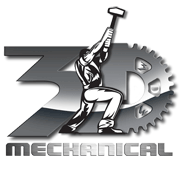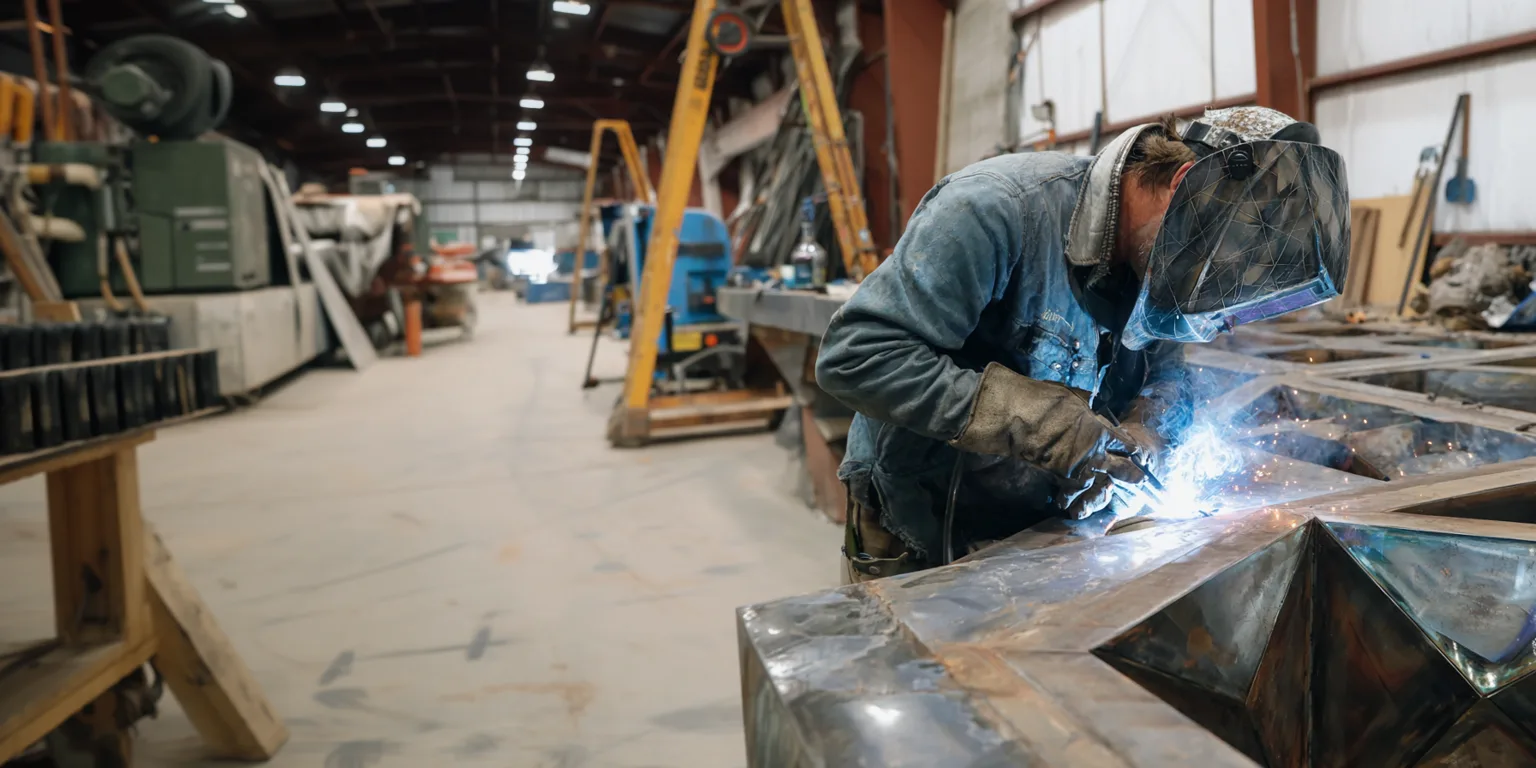In the world of structural engineering, welding is the invisible force that holds our cities together. From bridges and buildings to custom steel frames, every joint matters — and choosing the right welding method can determine the strength, durability, and safety of the entire structure.
So, what are the four main types of welding, and where do they shine? Let’s break it down.
1. MIG Welding (Gas Metal Arc Welding)
MIG welding is the go-to method for many industrial and fabrication projects. It uses a continuous wire feed and shielding gas to create smooth, clean welds with minimal spatter.
Best for: structural steel frames, manufacturing, and high-speed production where efficiency matters.
Why it’s popular: easy to automate, consistent results, great for mild and stainless steel.
2. TIG Welding (Gas Tungsten Arc Welding)
When precision and aesthetics matter most, TIG welding leads the way. It requires more skill and control, but the results are strong, neat, and corrosion-resistant.
Best for: thin materials, stainless steel, aluminum, and detailed metalwork.
Why it’s used in structural engineering: produces clean joints and superior strength, ideal for custom components and critical load points.
3. Stick Welding (Shielded Metal Arc Welding)
Stick welding is the rugged workhorse of the field. It’s versatile and reliable, performing well even in harsh outdoor conditions.
Best for: construction sites, repairs, and heavy steel structures.
Why engineers love it: it’s tough, portable, and doesn’t rely on external shielding gas — perfect for field welding.
4. Flux-Cored Arc Welding (FCAW)
Think of flux-cored welding as the MIG’s heavy-duty cousin. It uses a tubular wire filled with flux, allowing for deeper penetration and stronger welds.
Best for: thick materials, industrial projects, and structural components under high stress.
Why it matters: it’s efficient for large-scale construction and offers excellent weld quality in all positions.
Welding and Structural Engineering: Built to Last
Each of these welding methods plays a unique role in structural engineering — from the precision of TIG to the power of flux-cored welding. The key is knowing which technique to use for each project’s design and environmental demands.
At 3D Mechanical, our certified welders combine technical expertise with real-world experience to deliver structural welding that meets industry standards — and exceeds expectations.
Whether it’s a new build, a complex retrofit, or a custom fabrication, we’re here to make sure your structure stands the test of time.


